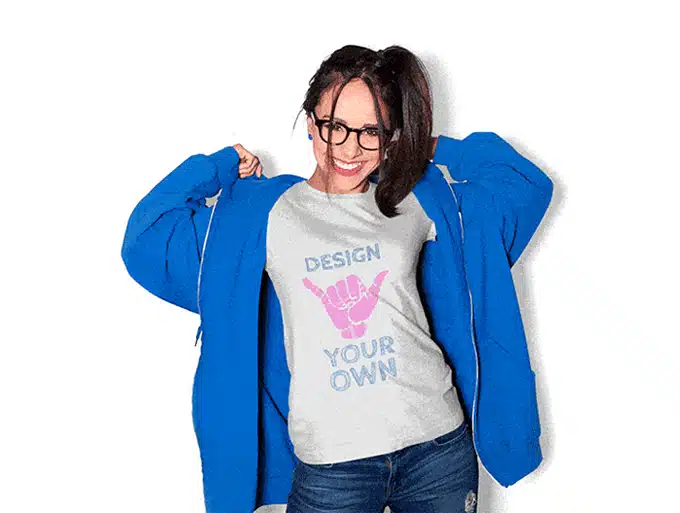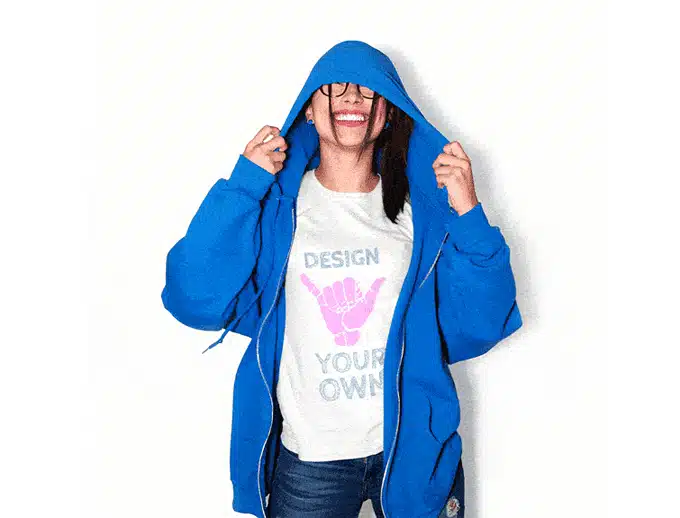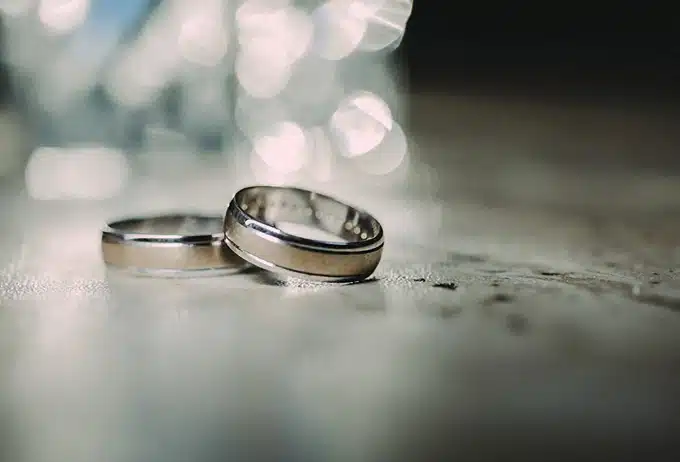words Al Woods
Designing your t-shirts has never been easier. Nowadays, you don’t have to be a professional fashion designer. You don’t even have to own specialistic equipment or sewing skills. All you need is a cool idea, a bit of talent and desire.
Oh, and of course, a computer. There are sites like teejunction.com.au, where you can easily design your clothes. But why go the extra mile instead of buying a t-shirt in an outlet store?
Well, mostly because wearing a t-shirt that you designed makes you look unique. Moreover, the whole designing process is fun and creative.
But before you jump into the world of fashion with your fresh t-shirt ideas, there are a few things you should keep in mind. Here are six simple tips for designing a perfect t-shirt.

1. Plan Your Design
The first thing you need to do is plan the design you want to put on your t-shirt. Keep in mind that you want your design to be absolutely stunning and unique. That’s why you shouldn’t be afraid to put some time and effort into it.
Your head is probably full of cool ideas so give it a go. Maybe you’d like a t-shirt of your favourite TV show, movie, book, etc. Or maybe, you want to go with something completely abstract or mocking.
The possibilities are endless, and there are no bad ideas.
2. Size and Placement
Now that you have your design, you need to know how big it should be, and what is the perfect placement for it. You can have an excellent idea, but it’s very easy to ruin it with the wrong size and placement. Ensuring everything is precise with premium DTF transfers will ensure every item comes out just to your liking. Research equipment so you can find the right gear for your endeavors.
The good idea is to print your design out in a few different sizes, and then apply it to some plain t-shirt. Doing that will allow you to see how your design will look on the t-shirt, what size it should be, and what is the best place for it. When considering printing options, such as DTG vs screen printing, it’s important to take into account the size and placement of your design. Testing different sizes and placements on plain t-shirts can help you determine the optimal look and feel for your design.

3. Pick a Color Scheme
You may have a cool design, but it’s not enough to make a neat-looking t-shirt. You need to pick a colour scheme that will match your design perfectly. The colour you choose should create a contrast to your design so that it won’t blend all together.
The good idea is to pick a few colours in a computer programme, put your design on them, and then compare the looks. Some colours work perfectly with others, and some don’t.
And if you don’t have a clue about which colours you should pick, don’t be afraid to talk to someone who knows more about it. You don’t want to end up with an ugly-looking t-shirt, do you?
4. Image and Font Quality
When printing your t-shirt, you want it to look high-quality. That’s why you should always make sure that the image you upload with your design and font in it is high-quality. It’s best to double-check it before sending. Better to be safe than sorry.
How to avoid making your design blurred? Well, there are some things you can do. First of all, if you upload a picture from your computer, you should use vector files. You can read more about them here.
Secondly, if you want to use a photograph, you should always scan it in high-quality. Making these two things will save you a lot of trouble.
5. Choose a Fabric
You design or buy a t-shirt for one simple purpose, which is to wear it. And not just once, but for a longer period. That’s why picking high-quality fabric is essential in t-shirt designing.
You don’t want your t-shirt to shrink after washing or fray while wearing it. What’s more, your design will also look much better on a high-quality fabric.
So which fabric should you choose? Well, it’s entirely up to you. There is plenty of information all around the internet, so you should do your research. Also, keep in mind that the better the fabric, the more expensive it is.
6. Pick the Printing Method
There are three basic printing methods you can pick. The first one is screen printing, where the printer makes the exact screen of your design. The second method is vinyl graphics, which uses vinyl instead of ink. Additionally, direct-to-garment printing is another option. The design is printed directly onto the fabric. You can also use a high-quality printer such as the AA Prestige A3 for DTF printing, which is equally good and has great quality.
Every method has its pros and cons, so it’s best to know more about them when choosing the best for you.
Summary
Designing your t-shirt is a fun and creative way to add something extra to your look. You’ll be able to feel proud about wandering around your town with the t-shirt that no other person on Earth has.
But even though it does sound cool, the whole designing process may not be a piece of cake. There are many things you need to consider, from the design itself, through colours, to picking the right fabric.
Nevertheless, it’s definitely worth trying. And who knows, maybe you’ll become the next famous designer? All you need is an idea and desire to create something new.




